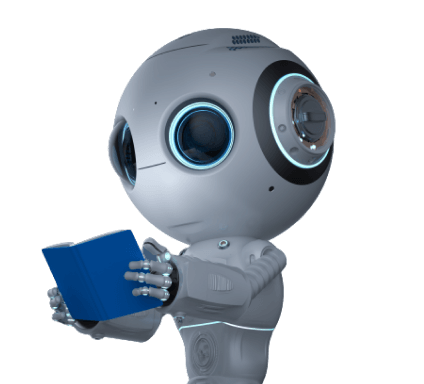Results for ""
Imagining a world where AI creates architectural drawings or controls robotics to perform medical surgeries may be difficult. However, it was once unfathomable that a computer could beat a human at chess or drive a car autonomously. How far away are we from artificial general intelligence, and what obstacles must be overcome to get us there?
Machine learning (ML) and deep learning (DL) have achieved impressive progress recently, and the success of artificial intelligence (AI) in the medical field has resulted in a significant increase in medical AI applications. Medical AI research aims to build applications that use AI technologies to assist doctors in making medical decisions. AI is used in various medical applications, such as disease diagnosis, surgery, etc. However, medical AI applications face some challenges, including the black-box nature of some AI models.
It’s taken many years, but Grantcharov, now a professor of surgery at Stanford, believes he’s finally developed the technology to make this dream possible: the operating room equivalent of an airplane’s black box. It records everything in the OR via panoramic cameras, microphones, and anaesthesia monitors before using artificial intelligence to help surgeons make sense of the data.
Grantcharov’s company, Surgical Safety Technologies, is not the only one deploying AI to analyze surgeries. Many medical device companies are already in the space—including Medtronic with its Touch Surgery platform, Johnson & Johnson with C-SATS, and Intuitive Surgical with Case Insights.






